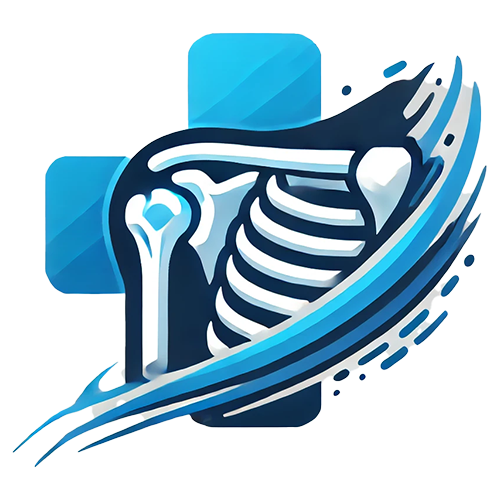Shoulder replacement allows Dr. Burns to replace the damaged surfaces of your ball and socket with new plastic and metal surfaces. There are several types of shoulder replacement. Anatomic shoulder replacement replaces the damaged surface of the ball with a new metal ball, sometimes on a stem and sometimes stemless, as well as replacing the socket with a plastic disk. Below is a video of anatomic shoulder replacement using a stemless component.
Anatomic Total Shoulder Replacement
Anatomic total shoulder replacement is a surgical procedure that removes the damaged ball and socket and replaces them with a new metal and plastic ball and socket. This also replaces the arthritic or “worn out” cartilage which has been causing your pain. This procedure works best for patients who have a normal and intact rotator cuff and who have not excessively ground down the remaining bone. Dr. Burns will make an incision on the front of your shoulder and remove the cartilage and bone that has been damaged by arthritis or injury. The upper arm bone (humerus) is resurfaced with a metal stem and ball made of titanium and cobalt chrome. The socket (glenoid) is resurfaced with a plastic liner. Often, this plastic liner will have a metal post to support it.
